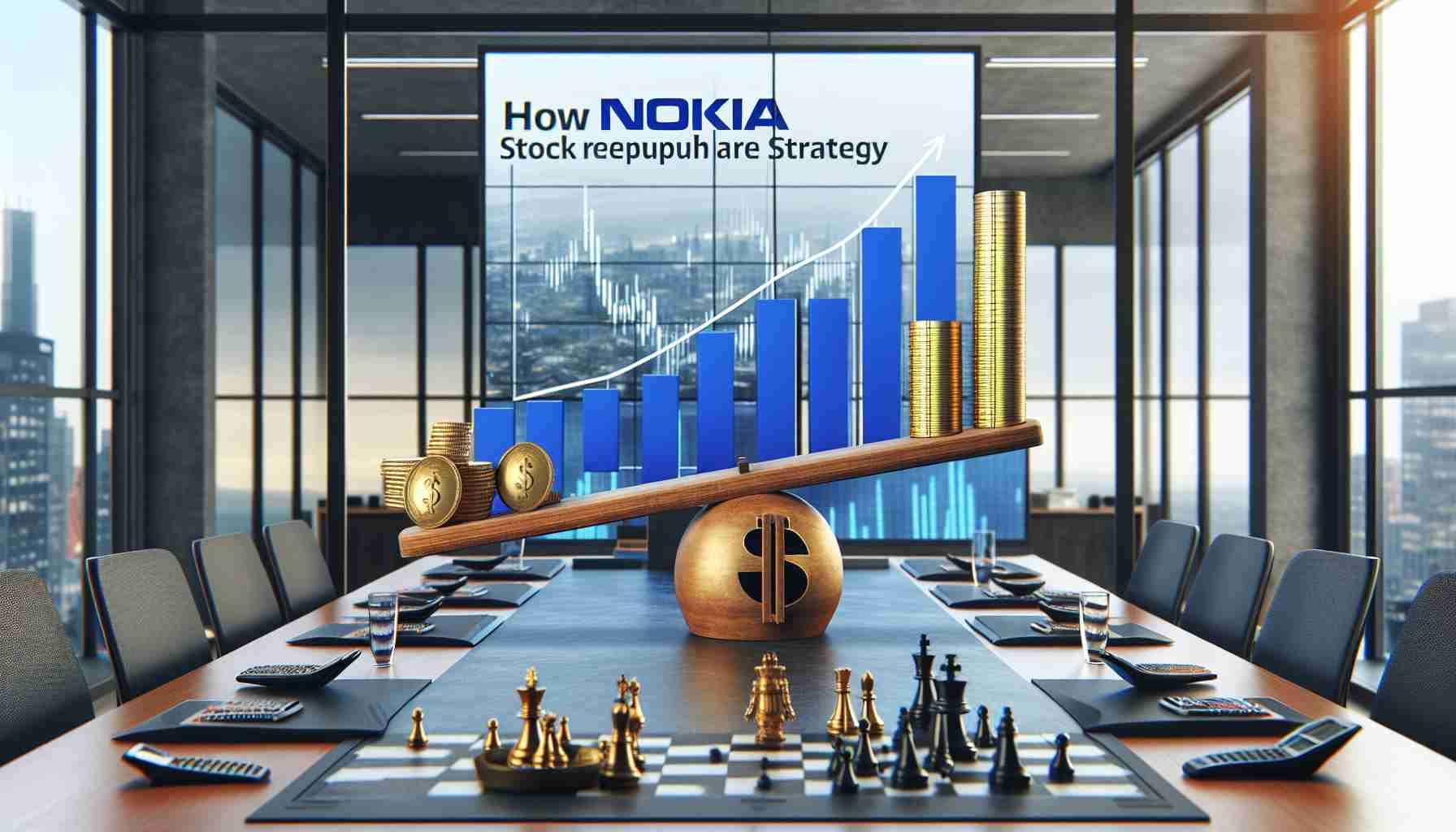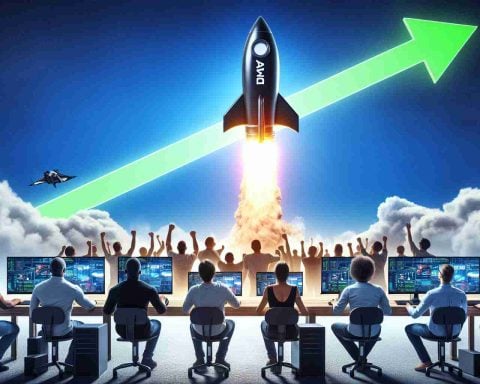NVIDIA, a name synonymous with innovation in the gaming world, is once again set to redefine the future of gaming with its latest breakthroughs in GPU technology. As the market leader in graphics processing, NVIDIA’s influence on gaming is profound, and recent developments indicate that they are not resting on their laurels.
With the introduction of the new Ada Lovelace architecture, NVIDIA is pushing the boundaries of what’s possible in gaming graphics. This cutting-edge technology promises unprecedented performance and efficiency, significantly boosting frame rates and enhancing the visual fidelity of games. The Ada Lovelace architecture is especially notable for its real-time ray tracing and AI-based enhancements, which offer visually stunning, lifelike gaming experiences.
NVIDIA’s advancements also come with environmental benefits. The latest GPUs are designed to be more energy-efficient, reducing the carbon footprint of gaming without compromising on performance. This move aligns with the growing trend of sustainability within the tech industry, meeting the demands of eco-conscious gamers.
Furthermore, NVIDIA is expanding its influence beyond traditional gaming platforms. With the advent of cloud gaming, technologies like NVIDIA GeForce NOW are leading the way towards a future where high-end games can be streamed seamlessly on any device, eliminating the need for expensive hardware upgrades.
As NVIDIA continues to innovate, the implications for the gaming industry are immense. This progress not only enriches the gaming experience but also sets new standards for technology developers worldwide, pointing to a future where gaming becomes even more immersive, accessible, and sustainable.
NVIDIA’s GPU Innovations: What Lies Beneath the Surface?
While NVIDIA’s latest Ada Lovelace architecture is making waves in the gaming world, there are hidden dynamics that could impact various sectors radically. What happens when these powerful GPUs step outside the gaming sphere? The architecture’s capacity for real-time ray tracing and AI-enhanced graphics goes beyond just entertainment; it’s set to redefine professional sectors like virtual reality, film production, and even scientific visualization.
To illustrate, virtual reality applications could see a transformation in sectors like healthcare and education. Could surgeons practice complex procedures in virtual environments with unparalleled realism? The answer is increasingly becoming ‘yes’, thanks to NVIDIA’s advances. Similarly, students might soon find themselves ‘present’ in historical events through immersive VR classroom experiences.
Conversely, the rapid escalation in GPU capabilities brings ethical questions to the forefront. As machine learning, powered by these GPUs, becomes more sophisticated, concerns regarding data privacy and AI decision-making arise. Who should set the standards in this rapidly evolving landscape—tech companies, governments, or international organizations?
The gaming industry itself could face both pros and cons. While the energy-efficient designs promise lower electric bills and echo the push for sustainability, the cost of acquiring such advanced technology can be prohibitive for many gamers, leading to potential inequality in gaming access.
For those fascinated by these developments and eager to explore more, visit the NVIDIA website for detailed information and updates.
Ultimately, while NVIDIA’s innovations promise numerous opportunities, they also invite us to reflect on the societal changes and challenges that such powerful technologies will inevitably bring.





















